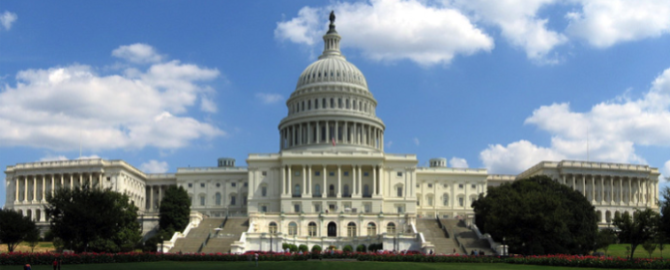More than 2,000 Michigan companies are seeking to fill crucial, immediate positions in logistics, healthcare, manufacturing, and agribusiness industries. It may seem that amongst the Coronavirus crisis, this wouldn’t be the case, but the State of Michigan isn’t the exception. We are seeing this happening across the country.
During this crisis, consumer demand in specific industries is swelling. Chief amongst these are online retailers, supermarkets and online grocers, restaurant delivery firms, and health and health care companies. These companies are racing to fill staff as demand for their services soars.
Amazon, CVS, Dollar General, Domino’s Pizza, Instacart, Kroger, Lowe’s, Papa John’s, Pepsi, Publix, Walgreens, and Walmart are the national companies leading this hiring surge.
| Company | Estimated Hires |
|---|---|
| Aldi | 9,000 |
| Amazon | 100,000 |
| CVS | 50,000 |
| Dollar General | 50,000 |
| Domino’s Pizza | 10,000 |
| Instacart | 300,000 |
| Kroger | 20,000 |
| Lowe’s | 30,000 |
| Papa John’s | 20,000 |
| Pepsi | 6,000 |
| Publix | 20,000 |
| Walgreens | 9,500 |
| Walmart | 150,000 |
In addition to on-site workers, the demand for remote workers has risen dramatically. The research firm Thinkum shared information that global job postings by video chat platform Zoom nearly doubled from January 1st to March 9th. At Slack, a company that makes and supports online messaging software, job postings jumped 50% over the same period.
Does the fact that these companies are hiring mean that the Coronavirus crisis has not impacted them? No. It means there is a demand, and companies across the country small to large are seeking ways to support their communities. “We’re spending less time thinking about the revenue and less time thinking of anything other than can we give our associates the support that they need, can we be a good corporate citizen,” said Lowe’s CEO Marvin Ellison.
We are doing the same thing. What can we do to support our struggling employers, communities, and have an impact on the economy? We can share a tax credit that will have an immediate effect on all companies hiring from one employee to thousands.
The Workers Opportunity Tax Credit (WOTC) is a Federal credit for employers hiring individuals who qualify from specific target groups. This credit has a long history going back to the 1940’s and has been extended through the end of 2020. In 2019 the Work Opportunity Tax Credit and Jobs Act was introduced to the House to make the credit permanent.
Employers can receive from $2,400 up to $9,600 for a qualifying employee. About $1 billion in tax credits are claimed each year under the WOTC program, according to the Department of Labor. We have a full expectation of our current crisis that this dollar amount will increase.
GMG has created proprietary software that allows employers to quickly screen for and claim the WOTC.
Please visit our website for more information GMGSavings.com/Services/WOTC.




